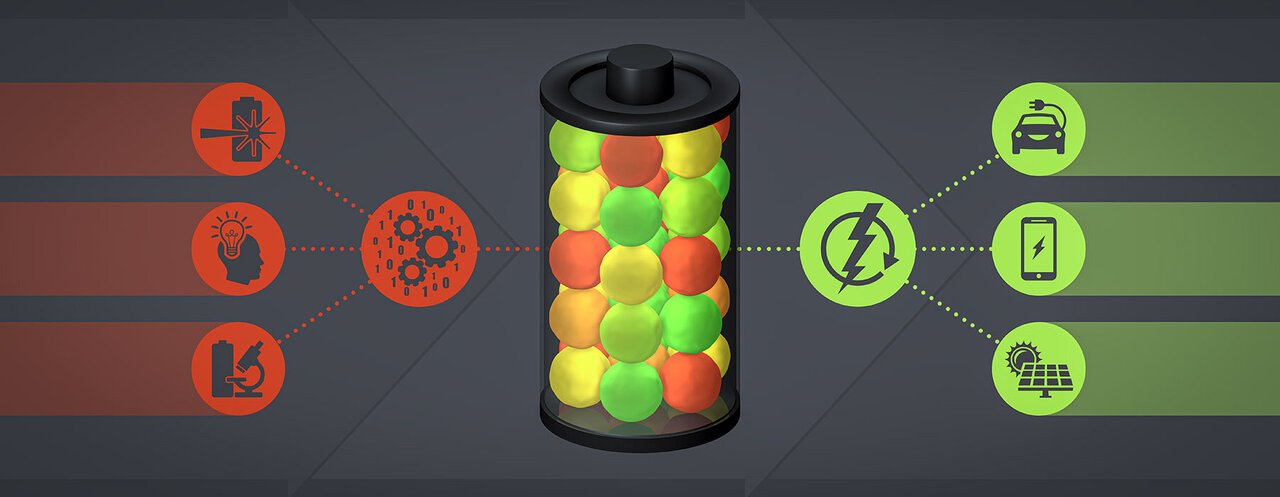The omnipresence of lithium-ion batteries in our modern lives, from smartphones to electric vehicles, comes at a cost. Lithium extraction raises environmental concerns, and its limited supply threatens to hinder the clean energy transition. Researchers around the world are on a mission to find more sustainable alternatives, and a recent breakthrough using artificial intelligence (AI) offers a promising glimpse into the future.
Key Highlights:
- Researchers at Microsoft and PNNL use AI to identify a new battery material called N2116.
- N2116 is a solid-state electrolyte that could reduce lithium use in batteries by up to 70%.
- This breakthrough could address concerns about lithium scarcity and environmental impact.
- Further research is needed to optimize N2116 and bring it to market.

The Quest for Sustainable Batteries:
A team of researchers from Microsoft and the Pacific Northwest National Laboratory (PNNL) has successfully identified a new battery material with the potential to significantly reduce lithium use. Dubbed N2116, this material belongs to a class known as solid-state electrolytes, which offer several advantages over the liquid electrolytes found in traditional lithium-ion batteries.
Solid-State Advantage:
Solid-state electrolytes are non-flammable and less prone to overheating, making them inherently safer than their liquid counterparts. Additionally, they can enable faster charging and longer lifespans for batteries. However, the development of practical solid-state electrolytes has been hampered by the difficulty of finding materials with the right combination of properties.
Enter AI:
This is where AI comes in. The researchers employed Microsoft’s Azure Quantum Elements platform, a powerful computing system that combines AI and quantum computing techniques, to sift through a vast database of millions of potential materials. Within months, the AI identified N2116 as a promising candidate.
Promising Results:
The researchers then synthesized N2116 and incorporated it into a prototype battery. The results were impressive: the battery successfully powered a lightbulb, demonstrating the material’s viability as a lithium-ion battery electrolyte.
More Than Just Lithium Reduction:
While the potential to reduce lithium use by up to 70% is a major highlight, N2116 offers other benefits as well. Its solid-state nature makes it a safer alternative to liquid electrolytes, and its stability could lead to longer-lasting batteries. Additionally, N2116 is composed of readily available elements, potentially mitigating concerns about resource scarcity and geopolitical tensions surrounding lithium mining.
Road Ahead:
Despite the promising results, further research and development are needed before N2116 can be commercially viable. The material’s performance needs to be optimized, and its manufacturing process needs to be scaled up. Additionally, safety testing and regulatory approvals are necessary before N2116 can find its way into consumer electronics and electric vehicles.
A Glimpse into a Greener Future:
The discovery of N2116 marks a significant step towards the development of more sustainable and efficient battery technologies. If successfully brought to market, this AI-powered breakthrough could have a profound impact on the clean energy transition, paving the way for a future powered by cleaner and more readily available resources.






